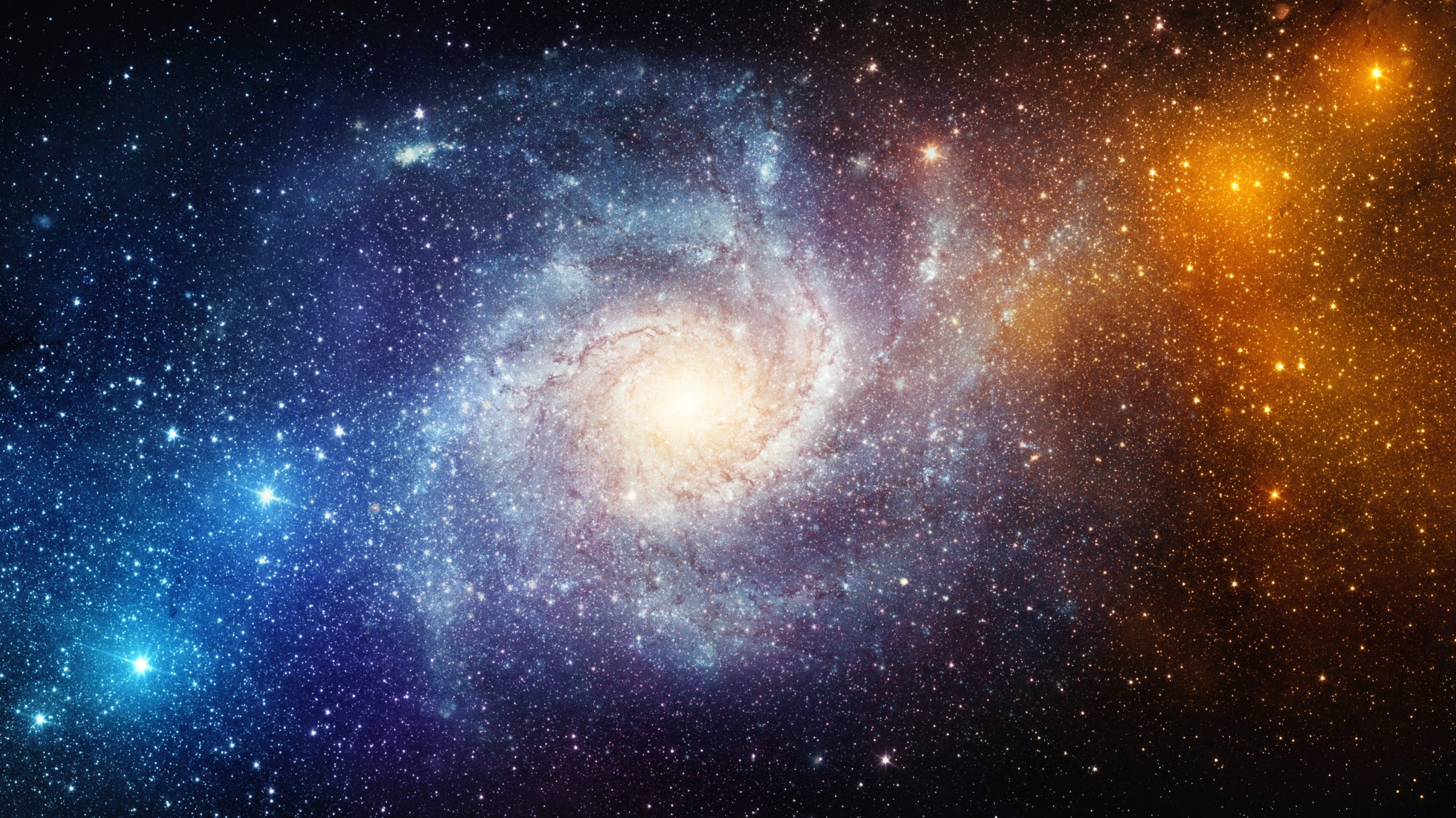What is “the light” in Genesis 1:3 if the sun and moon weren’t created yet?

Genesis 1:1 is very clear that in the beginning God created the heavens and the earth. The heavens would include the sun and the moon as well as other heavenly bodies. (From a scientific standpoint, we know that the earth revolves about the sun. The sun would need to be in place before the earth was completed.)
Although God is not specific about our sun’s creation or the other heavenly bodies, he is specific about the particulars of the earth’s creation. We get a further glimpse of earth’s formation in Job 38:4-11.
God tells Job in verse 9 that clouds were the earth’s garment so that it was wrapped in thick darkness, meaning that the earth’s atmosphere was opaque to the light of the sun. When God says in Genesis 1:3, “Let there be light” he is telling us that the thick atmosphere was thinning and sunlight was now able to pass through it. The atmosphere had become translucent.
In Genesis 1:11, day 3 of creation, we learn that this translucent light allowed the land to produce vegetation. Without sunlight, even if it were dim, plants would not have been able to grow.
Genesis 1:16 says that God made two great lights (the sun and the moon). The English word “made” is the completed form of the Hebrew verb and means something God did in the past. In verse 14 God says let those lights (the sun and the moon) separate day from night. This verse tells us that the atmosphere got even clearer so that the sun and the moon could actually be seen from the earth. This transparent atmosphere allowed streams of sunlight to cover the earth so that animals of all kinds could flourish.
To learn more about confusing scriptures surrounding the creative days listen to, “What Profound Secret Does Genesis Reveal?” (Contradictions Series Part V)
Related Episodes
What Profound Secret Does Creation Reveal? Contradictions (Part V)






